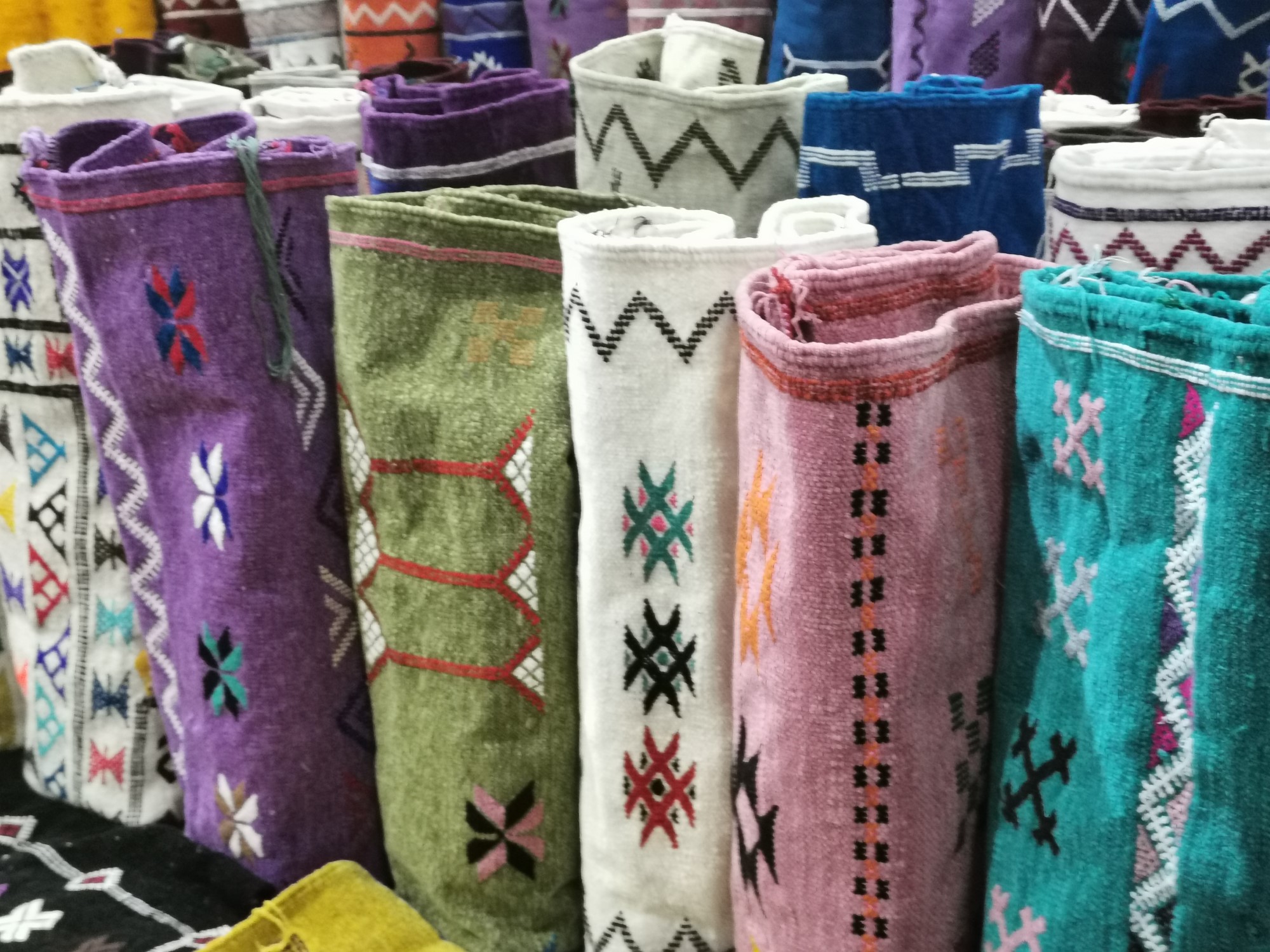
What is a Berber Carpet?
Berber rug, as the name suggests, is made by Berber people in Sahara and North Africa. Distinguished by different knotting patterns, fabric textures, and dyes, these carpets come in modern and traditional avatars.
Further, it is considered an artistic textile and is adored by ancient heritage lovers throughout the globe. This artistic creativity of the traditional Moroccan rug maker has;
- Beautiful and lively colors,
- Distinctive and symphonic patterns,
- And is real evidence of the cultural, heritage, and civilization richness.
How is Berber Carpet Characterized?
The carpet is categorized by the steadiness of its geometric shapes and striking colors. Moreover, it embodies the affection of the skillful hands of Amazigh women toward Moroccan traditions and folk customs in preparing this original product that archives the identity, history, and rituals of the tribes.
How long does it take to make one Berber Carpet?
The carpets flaunting in the carpet market are the product of weeks or even many months by the skilled woman.
These innate innovators work hard to excel in their art. They lure many artistic forms and charismatic creations using distinct knot patterns.
What is Berber Carpet Made of?

The carpet is made mostly of pure wool. Natural herbs are used to color the wool as a replacement for chemical products.
Further, the rugs are decorated with motifs like animal drawings or geometric shapes, amazing heritage symbols, various scenic views, and attractive colors dominated by the red color, which reflects the aesthetic sense of those who are artistic and aesthetically pleasing.
The carpet remains undoubtedly an essential pillar of the local economy, especially in repelling the sweeping manifestations of modernity to realm this part of the Moroccan civilizational identity.
Moreover, the need of the hour is to pay attention to this sector through developing effective programs including;
- Plans to Rehabilitate the Carpet,
- Value Its Products,
- And Adopt an Effective Strategy to Promote and Rehabilitate Craftswomen.

